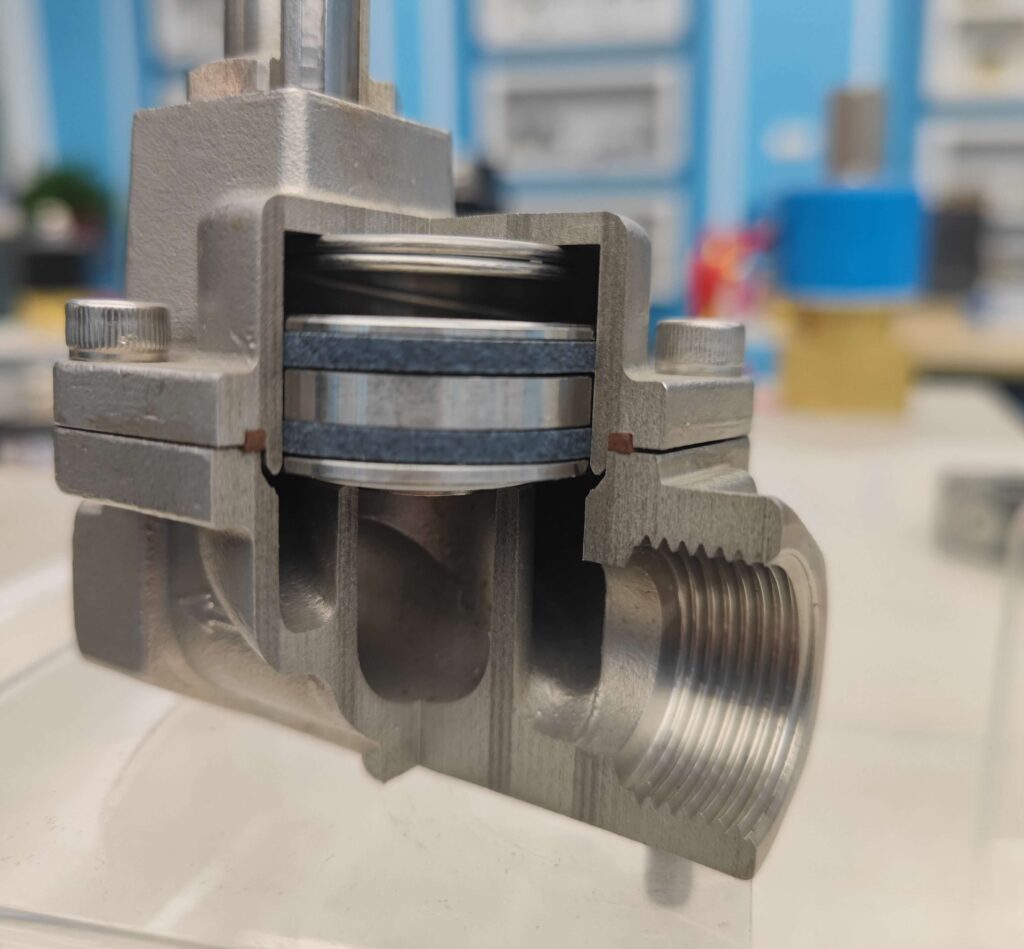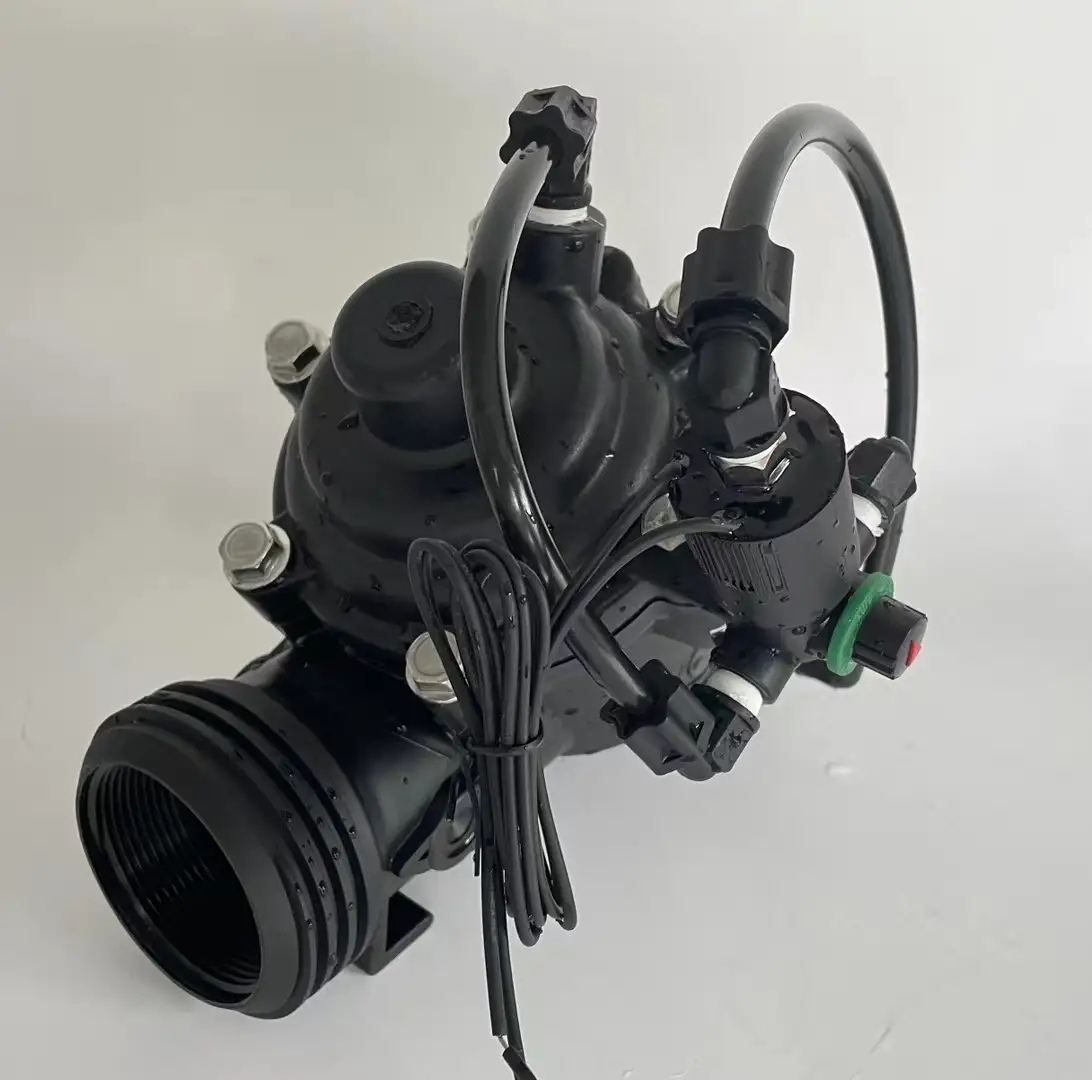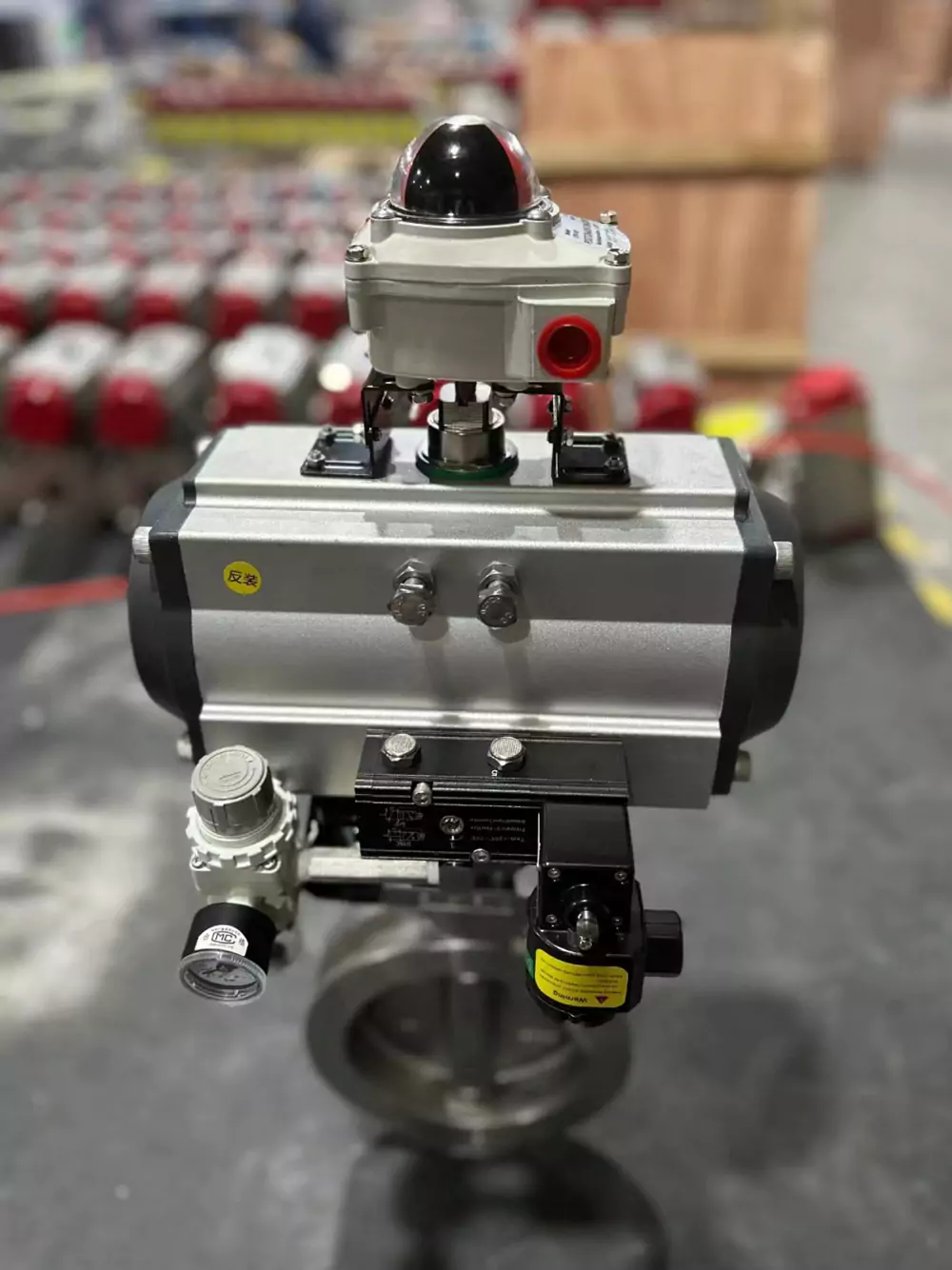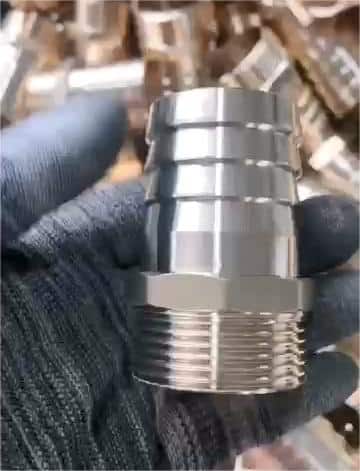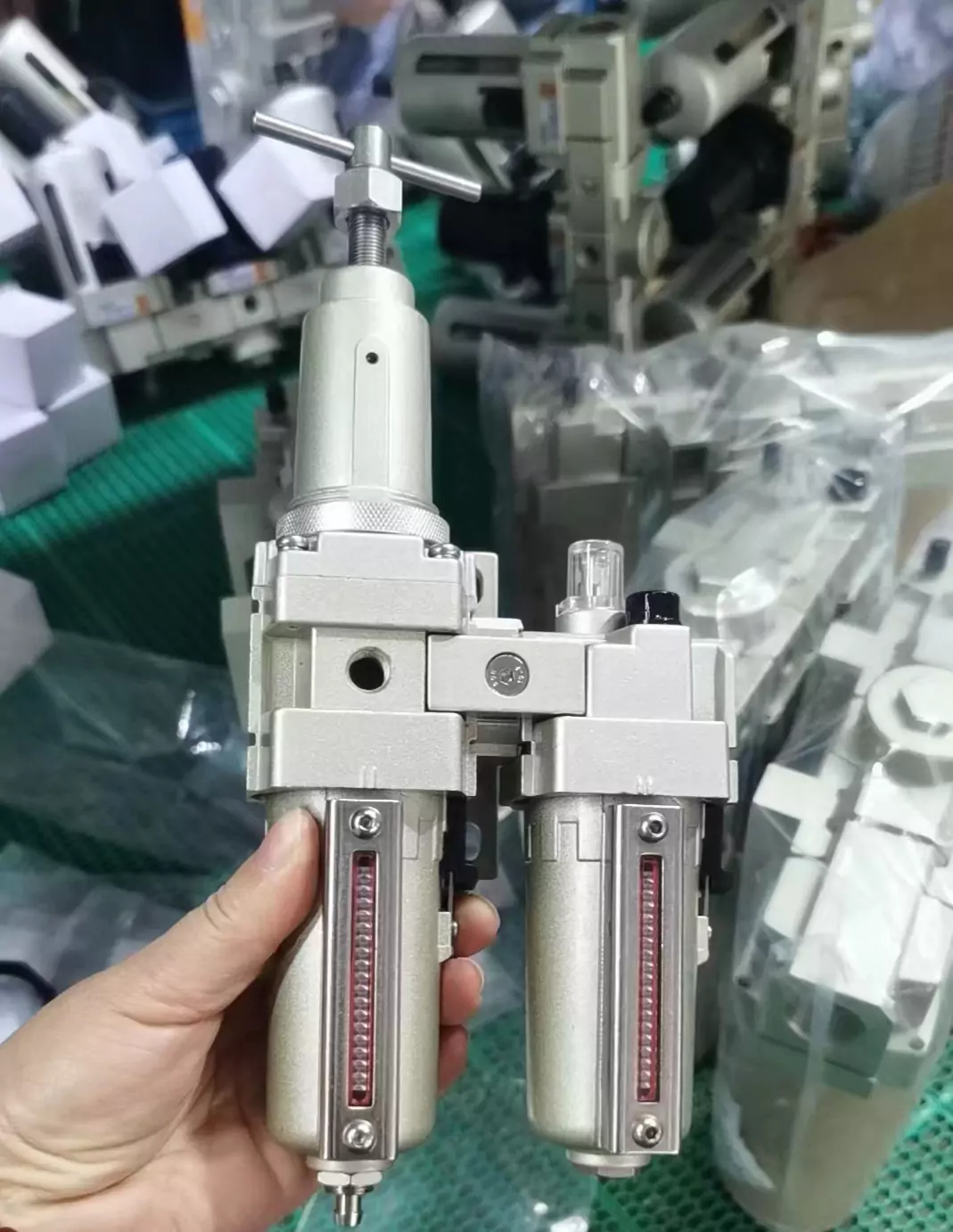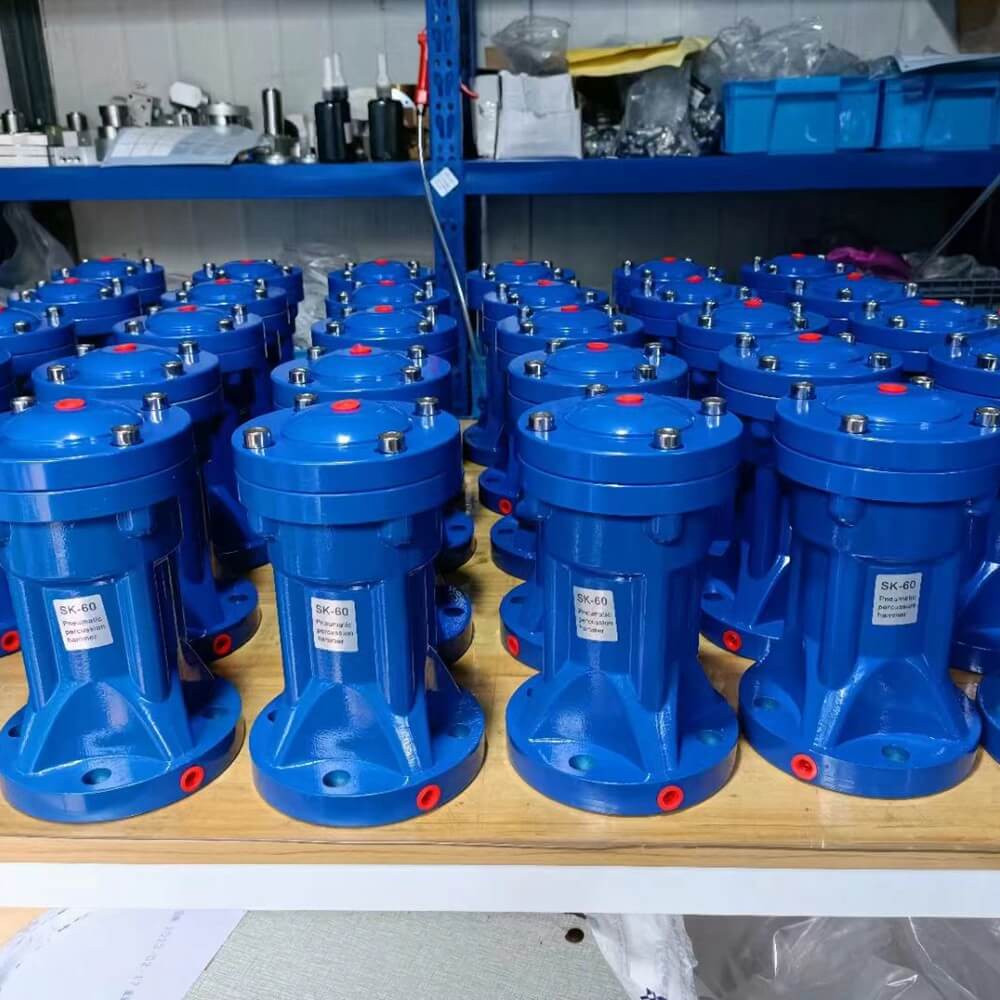A high-pressure piston drive solenoid valve is a type of electromagnetic valve that is used to control the flow of fluid, typically a gas or liquid, under high pressure conditions. It operates based on the principle of electromagnetism, where an electrical current is used to generate a magnetic field that controls the movement of a piston, which in turn regulates the flow of fluid through the valve.
The basic components of a high-pressure piston drive solenoid valve typically include a coil, a plunger or piston, and a valve body. The coil is an electrical winding that is energized when an electrical current is applied to it, generating a magnetic field. The plunger or piston is typically made of ferromagnetic material and is free to move within the coil. The valve body contains the fluid inlet and outlet ports, as well as a seat or orifice through which the fluid flows.
When the coil is energized by applying an electrical current, it generates a magnetic field that attracts the plunger or piston towards the coil. This movement of the piston opens or closes the fluid passage in the valve body, controlling the flow of fluid through the valve. The piston is typically spring-loaded, so when the electrical current is removed, the spring returns the piston to its original position, either opening or closing the valve depending on its design.
The high-pressure nature of the fluid being controlled by the solenoid valve presents some unique challenges. The materials used in the construction of the valve, including the coil, piston, and valve body, must be able to withstand the high pressure without leaking or failing. Additionally, the magnetic forces generated by the coil must be strong enough to overcome the pressure forces on the piston, ensuring reliable operation of the valve even under high-pressure conditions.
Overall, the working principle of a high-pressure piston drive solenoid valve involves the use of electromagnetic forces to control the movement of a piston, which in turn regulates the flow of fluid through the valve. It is a reliable and effective means of controlling fluid flow in high-pressure applications, and it finds use in a wide range of industries, including oil and gas, aerospace, automotive, and industrial processes.
